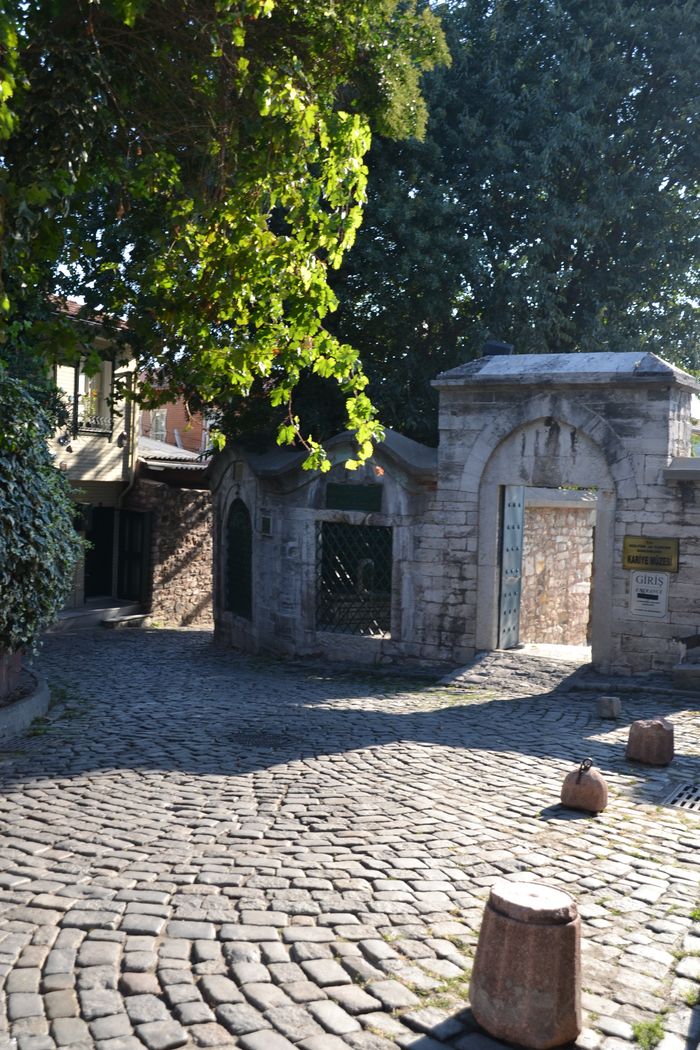If Alexander’s soldiers believed the war had concluded, they were mistaken. Darius, still evading capture, hid in Ecbatana. In the spring of 330 B.C., Alexander redirected north in pursuit. Though Darius contemplated surrender, his second-in-command, Bessus, the satrap of Bactria, opposed it vehemently. Bessus arrested Darius and retreated toward his home province.
Alexander relentlessly pursued, covering an astonishing 36 miles daily. Near the Caspian Sea, the armies confronted each other. Bessus, betraying Darius by fatally stabbing him, declared himself King Artaxerxes IV, asserting Achaemenid lineage. Viewing Bessus as a rebel, Alexander pursued him into Central Asia, capturing and executing him. Subsequently, Alexander embarked on six aimless years beyond the known world, engaging hill tribes, scaling citadels, and confronting steppes’ horsemen Gaugamela Triumph and the Persian Conquest. His Indian foray culminated in a soldier-led sit-down strike, compelling his return.
Finally reuniting
The homeward journey proved arduous. The army split into three groups, each navigating distinct routes. Finally reuniting near modern Bandar Abbas, they continued to Persepolis and Susa. Alexander, realizing the need for shared governance, embraced Persian attire, ceremonies, and appointed Persians to key roles. Yet, Greeks perceived this as betrayal, leading to tensions, including the fatal quarrel with friend Cleitus. In Susa (324 B.C.), Alexander aimed at consolidating his realm Destinations Bulgaria.
Initiating symbolic unions between Macedonians and Persians, he restructured the army, developed infrastructure, and strategized for Arabia. Tragically, a mosquito bite during a drainage project near Babylon inflicted him with a fever, likely malaria. In June 323 B.C., not yet thirty-three, Alexander succumbed, marking the end of a remarkable era.








